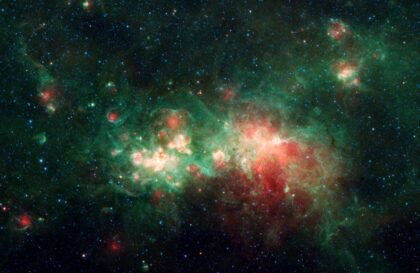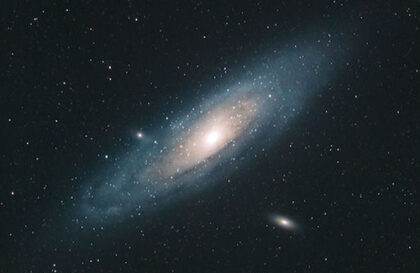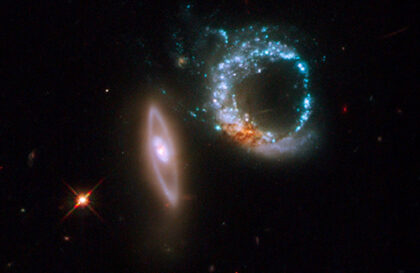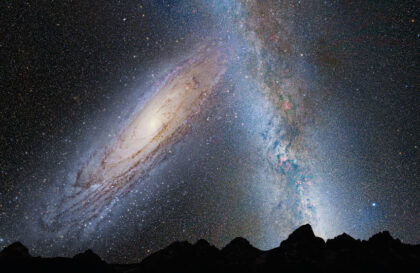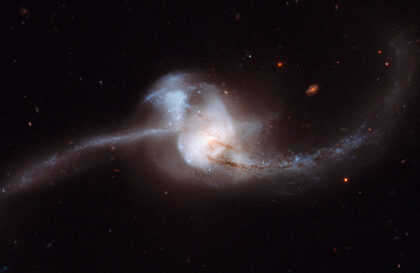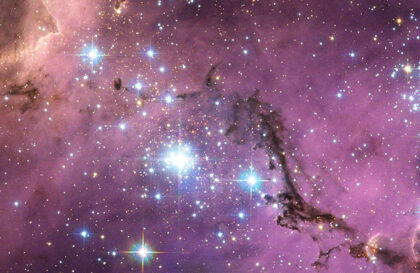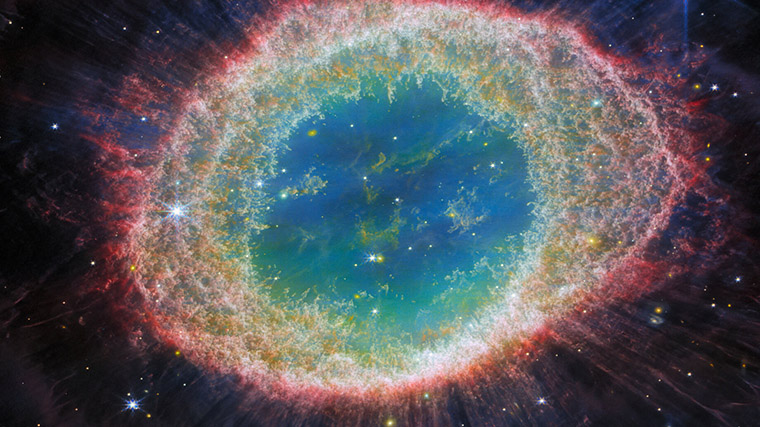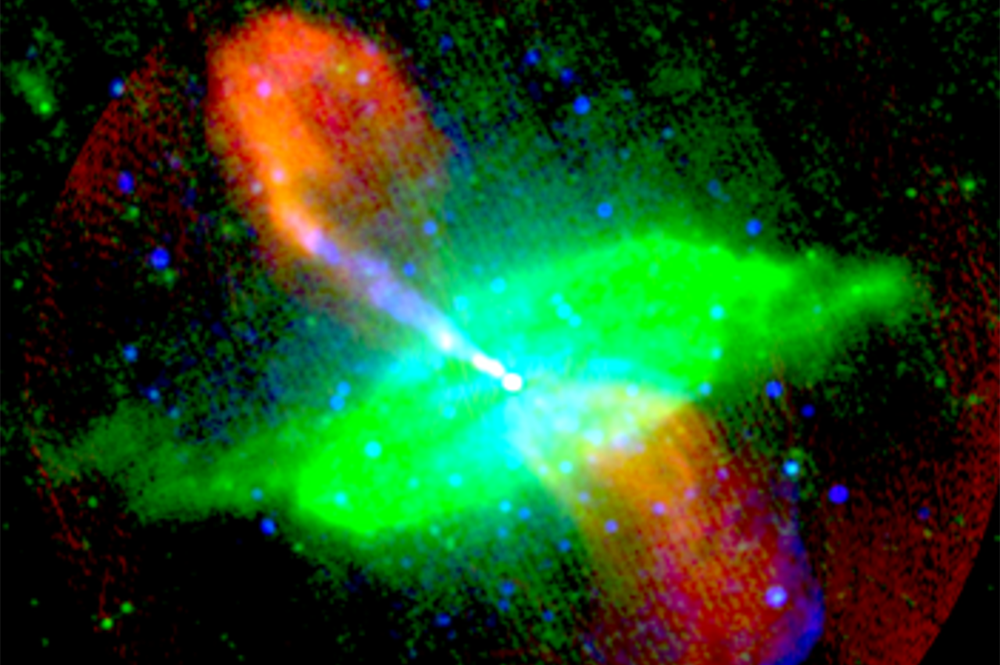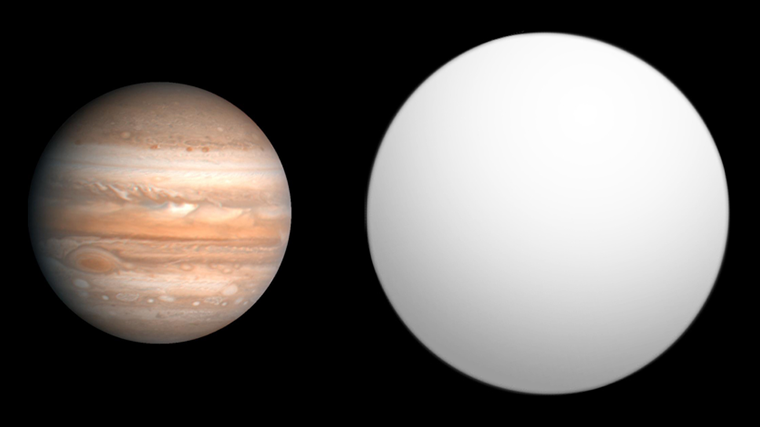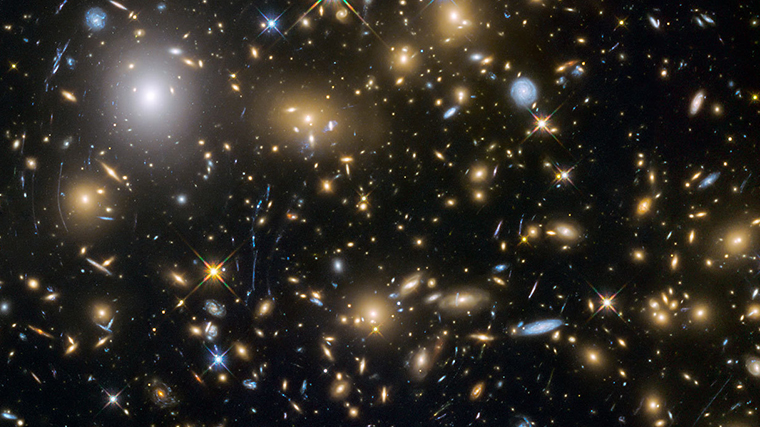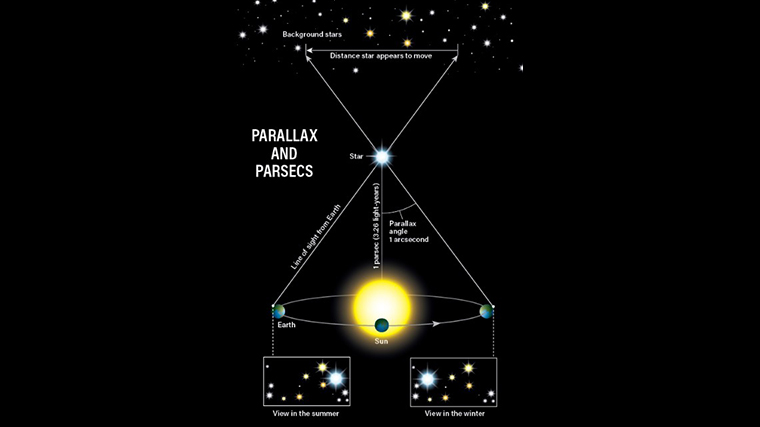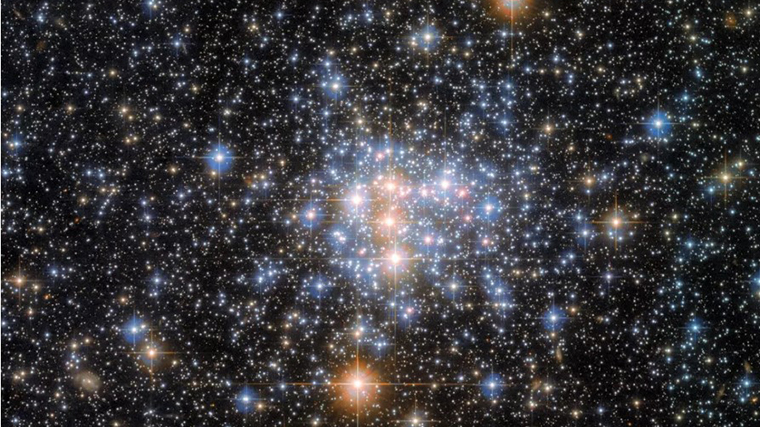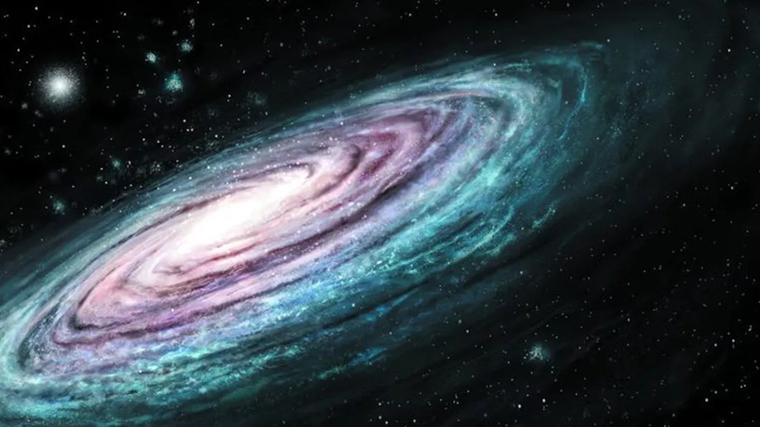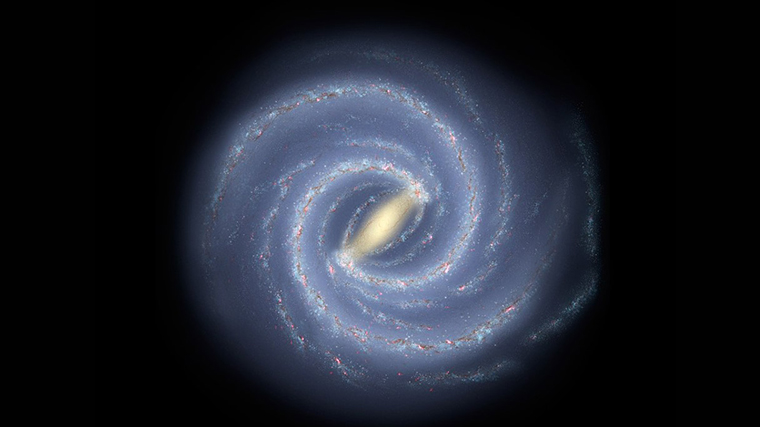The Milky Way is a spectacular spiral galaxy with unique features. Its size is estimated at…
Galaxies
The nebula W51, one of the most active star-forming sites in the Milky Way, was first…
The Andromeda Galaxy, also known as M31 or the Andromeda Nebula, captivates with its uniqueness in…
The Andromeda Galaxy, also known as M31 or the Andromeda Nebula, captivates with its uniqueness in…
Unique photo of the Hubble telescope Just days after the orbiting observatory resumed operations, Hubble pointed…
Andromeda’s Past Collisions It is believed that Andromeda formed about 10 billion years ago as a…
In 2006, the Hubble Space Telescope captured a compelling cosmic scene: two galaxies in the constellation…
The “Mice” galaxies (NGC 4676A and NGC 4676B) are two heavily distorted spiral galaxies located in…
This composite image shows the Pillars of Creation taken by NASA’s Hubble Space Telescope in 2014…
The Large Magellanic Cloud (LMC) is a neighboring dwarf spiral galaxy in contact with the Milky…
Discovery and description The first mention of the Andromeda galaxy appears in the “Catalogue of Fixed…
Approximately 2,200 light-years away lie the remnants of a dying star, forming a structure known as…
The Milky Way is an unremarkable mid-range spiral galaxy. The universe contains at least 2 trillion…
At the center of the Milky Way, something unknown, dense, invisible through telescopes, and consisting most…
The Hubble Space Telescope emerged as the pioneering tool to undertake a rudimentary tally of the…
Distance information The Voyager spacecraft is moving away from the Sun at a speed of 17.3…
NGC 376 is a star cluster in the Tucana constellation. It was observed by Scottish astronomer…
Even if you are stationary, the Earth moves at 30 km/s, the Sun at 220 km/s.…
The Milky Way began its existence as a small cluster of gas and dust and then…

